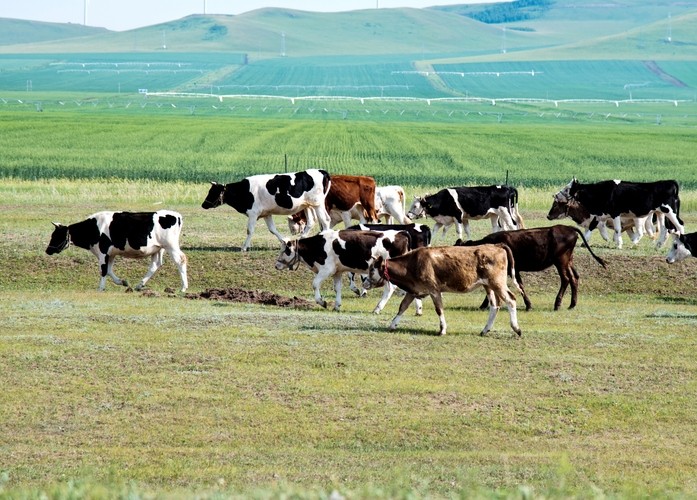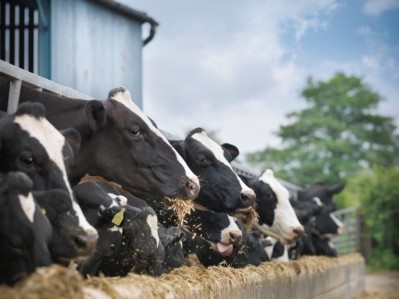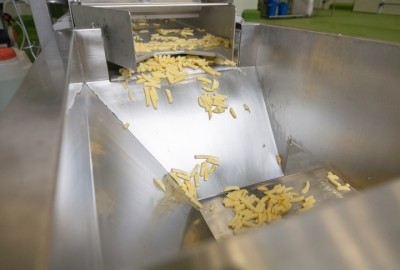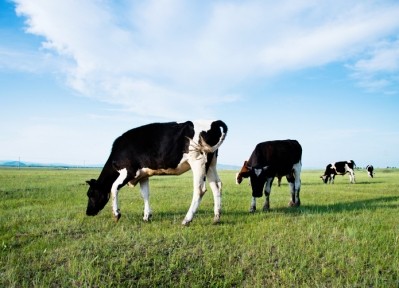Methane reduction: China is the next target in dsm-firmenich's Bovaer expansion strategy

The company is teaming up with China Modern Dairy Holdings, one of the largest dairy integrators in China; that company, which is listed on the Hong Kong Stock Exchange, has grown into a major supplier of raw milk.
The alliance, the first such agreement in China, aims to boost sustainability of farming through the implementation of Bovaer.
China launched a methane emissions control action plan in November 2023. It intends to significantly reduce methane emissions across various sectors, including agriculture.
Mark van Nieuwland, senior vice president of Bovaer at dsm-firmenich, announced that the company is on schedule to submit its Chinese registration dossier for the feed supplement later this year, with the goal of securing approval in the near future.
“The collaboration with Modern Dairy will help us to tailor our offering and go-to-market model for China."
Registration in the Chinese market would represent a significant step forward in the global effort to reduce agricultural methane emissions and promote sustainability in dairy farming.
Also known as 3-NOP, Bovaer is already commercially available in 65 countries, including EU member states, the UK, the US, Canada, Mexico, Australia, and most of Latin America. Authorities are currently reviewing an application for registration of the additive in Japan.
In May this year, the US Food and Drug Administration (FDA) confirmed that the additive had met the necessary safety and efficacy requirements following a multi-year review, paving the way for its commercial launch in the US in late 2024.
In an expansion of the distribution deal that it established with dsm-firmenich, Elanco will supply Bovaer across North America, including the Canadian and Mexican markets.
Reducing enteric methane emissions from dairy cattle is a key stumbling block for the dairy industry globally. Methane lasts about a decade in the atmosphere and is 27x more potent than carbon dioxide at trapping heat—so smaller reductions create greater impact on temperature.
'Reimagining what is possible'
Earlier this month we heard about Cargill's initiatives in this space in China.
Since 2022, Cargill’s Technology Application Center in Bazhu, China, has been collaborating with China Agricultural University (CAU) on the Carbon Reduction Project. This initiative is designed to support China’s carbon reduction goals, which include carbon peaking by 2030 and carbon neutrality by 2060, by addressing the issue of ruminant methane emissions on dairy farms.
“The overall objective of the project is to reimagine what is possible in terms of methane reduction on a dairy farm, by leveraging Cargill’s global and local capabilities as well as CAU’s research resources,” Hongfei Zheng, North Asia group leader at Cargill, told FeedNavigator.
“And the aim is that as we reduce greenhouse gas emissions, we maintain the animal’s health and productivity, so that economically it makes sense too,” she added.
With this end goal in mind, the first step was to evaluate multiple ingredients and additives’ impact on methane emissions in the lab. This included measuring the amount of methane created in the rumen for each feed ingredient and testing numerous additives for their ability to affect methane emission reduction.
“We evaluated various technologies, ingredients, additives, nutritional strategies, and digital solutions to understand their impact on methane reduction. These ranged from probiotics and phytogenics, to those that redirect hydrogen in the rumen, and seaweeds which can block the process of methanogenesis,” Zheng explained.
Having established each ingredient’s impact on methane reduction in the lab, the team is now validating their collective methane emission reduction ability on-farm in trials that are expected to be completed by the end of 2025.














